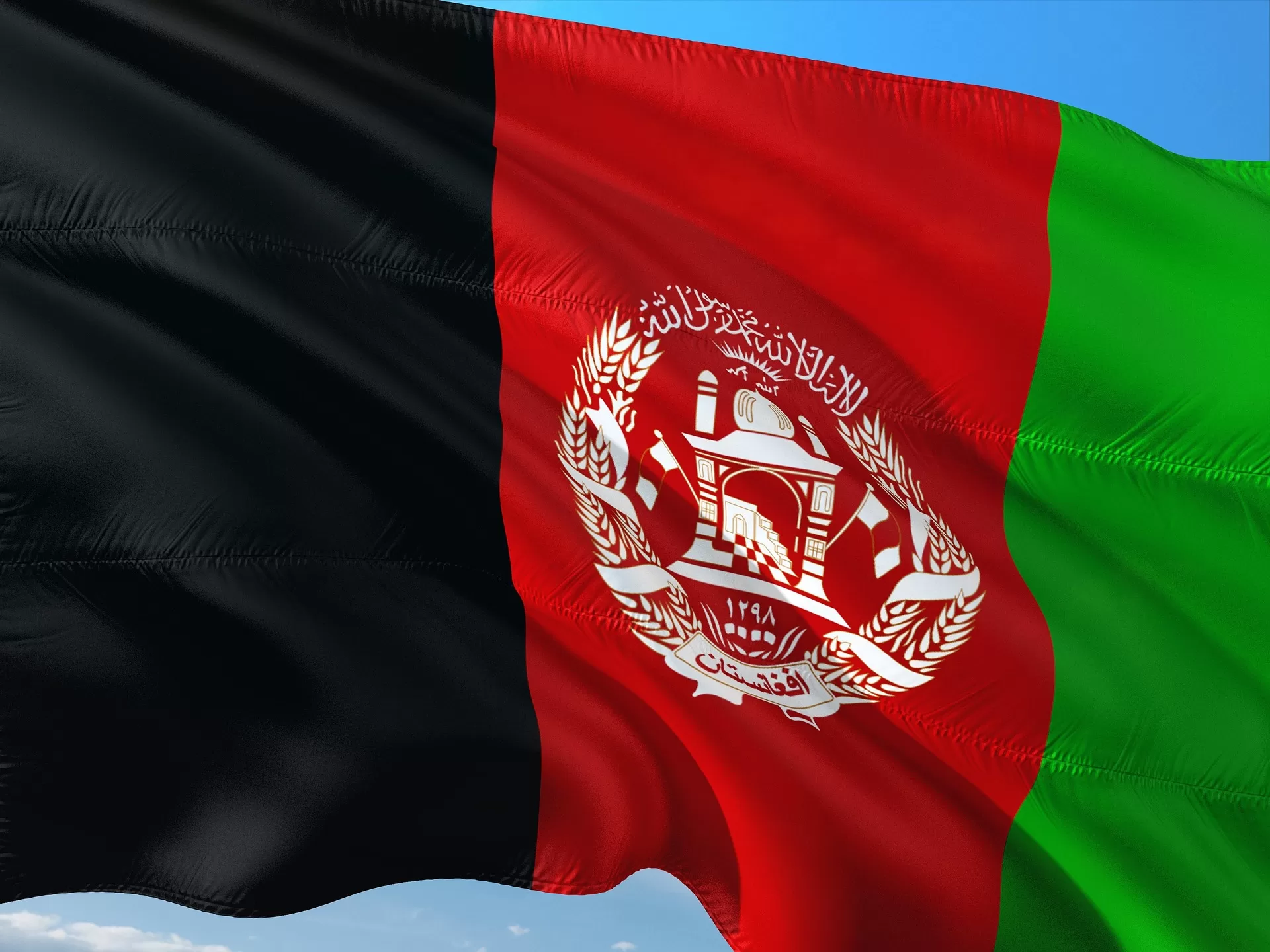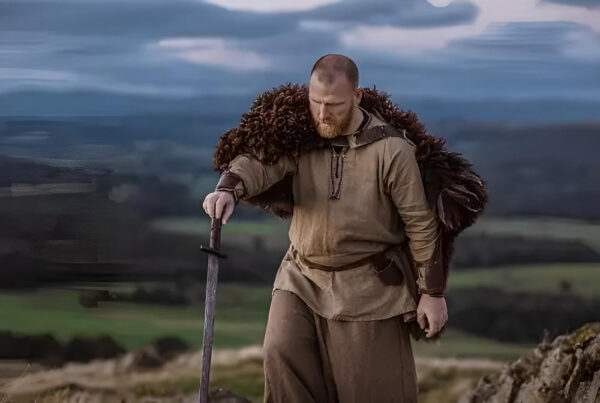Afghanistan – the mere sound of this word conjures up a flood of images in every European mind. Today, the history of this state in the Hindu Kush is primarily associated with the brutal conflict from 1978 to 2021, the seemingly sudden emergence of Islamic holy warriors, and the triumph of the Taliban. However, upon closer inspection, it becomes evident that we must not reduce the history of this country to these aspects alone: not only if we want to understand its peoples, but above all, if we as Germans wish to pursue our interests without making new enemies. For at least since the mass immigration of Afghans to Europe, beginning with the American invasion in 2001 and the attempt by the EU and German elites to integrate these peoples into our society, we can no longer afford to be indifferent to this region, even if we do not believe that “Germany is being defended at the Hindu Kush.”
Afghanistan before Afghanistan – Oases, Indo-Europeans, and Mongols
The prehistory of Afghanistan begins with an oasis culture that extended across the northern part of the country as early as the third and second millennia BC. Agriculture, settlements with urban characteristics, and fortified princely seats demonstrated a high technical level in a country that is now primarily considered backward. In the south of the country, the Helmand culture, also agriculturally based, existed. Persian influence on Afghanistan, a constant in the country’s history up to the present day, began under Cyrus the Great from the Achaemenid Dynasty (559 to 529 BC). With Macedonian King Alexander the Great, Afghanistan became part of the Hellenistic world empire, and Greek culture spread to the Hindu Kush and the Indus. Afterward, the country was under the influence of various equestrian peoples’ attacks for centuries, and Buddhism was also introduced until, with the murder of the last Sassanian king in 651 AD and the Arab expansion in the region, Islam could gain a foothold. However, analogous to the resistance of the Saxons in Germania, Islam here encountered the resistance of Hindus and Buddhists, which is why Muslim chroniclers could only speak of the Prophet’s religion prevailing by the end of the tenth century. This became the predominant religion in its Sunni interpretation and established a period of peace and prosperity in the country. Thus, the first poems in New Persian – which would later have a significant influence on the Islamic world from the Balkans, across the Indian subcontinent, to Turkey – were composed in Afghanistan. This era came to an end with the Mongols in the thirteenth century. While the country remained contested between Persians and Mongols during the early modern period, the eighteenth century saw the rise of a significant people who continue to shape the country’s future to this day: the Pashtuns.
The Pashtuns – Namesakes and Fighters of Afghanistan
The name Afghan originally refers to a Persian exonym for the Pashtuns. This people, divided into numerous tribes and still partially nomadic, are considered highly warlike. Their exact origins are unclear – theories range from the tribes of Israel to the Arabs – but a descent from Indo-European Sakas who mingled with other Asian peoples is likely. Today, they are the largest ethnic group in Afghanistan, followed by the Tajiks and then the Shiite Hazaras. While the independence of the Pashtuns lasted only briefly from 1719, the Pashtun Durrani tribe took power in Afghanistan after the assassination of ruler Nadir Shah. This warrior people managed not only to control present-day Afghanistan but also large parts of Persia and even Pakistan and India as far as Delhi, either directly or indirectly.
Pawn of Powers and Internal Struggles – Afghanistan as a Victim of the Great Game
However, the independence of this nation remained fragile: disputes among the Pashtun tribes led to the division of the Durrani Empire in the early nineteenth century, and eventually, Great Britain saw an opportunity to enhance its position in the struggle against Russia during the Great Game for Asia, where it represented the naval power. Britain fought two wars against Afghanistan as Russia sought a warm-water port in the Indian Ocean while Britain aimed to protect its interests in India. Between 1839 and 1919, three Anglo-Afghan wars ensued, with the Pashtuns fiercely resisting and eventually forcing the British occupiers to withdraw. In 1921, the USSR and Great Britain recognised Afghanistan’s independence, but Afghanistan also had to accept the 1893 Durand Line drawn by British India, which split the Pashtun territory and continues to fuel conflict to this day. Nonetheless, Afghanistan had to fortify itself: in 1937, it signed a defence agreement with Iraq, Iran, and Turkey against the Soviet Union. Nazi Germany also helped Afghanistan modernise during this period: Wehrmacht officers entered the country, and agriculture and industry were developed with German assistance. However, just as in World War One, Afghanistan remained neutral between 1939 and 1945, as the chances of success in case of entering the war were too slim.
Afghanistan as the Graveyard of World Powers
During the Cold War, Afghanistan initially tried to align itself with the West: it joined the United Nations in 1946, adopted a constitution in 1964, and even held the first free elections in 1965. The images of women with uncovered hair and miniskirts, sometimes circulated by right-liberal and Islam-critical media, are from this period of radical liberalisation and modernisation of the country. However, while the upper class in Kabul indulged in a Western lifestyle, the masses in rural areas suffered from hunger. In 1973, King Mohammed Zahir Shah was overthrown in a coup led by his general, Mohammed Daoud Khan, who ruled the country with an iron fist. The left-wing Khalq Party mainly opposed this, and in 1978 Daoud Khan was ousted with the help of the military. This marked the beginning of the brutal vortex of civil war and foreign intervention: the Soviets intervened from 1979 to secure their influence on Afghanistan, and after their withdrawal in 1989, the country descended into fighting between the communists and the US-funded Mujahideen. Only at this point did the Taliban enter the scene, recruiting from madrasas on the Pakistani side of the Pashtun tribal areas. Their goal was to give the Afghan people what they craved most: peace and an end to the rule of foreign ideas, whether communism or liberalism. The students of the Islamic Deobandi school, inspired by a literal interpretation of Islam and liberation nationalism, advocated for an Islamic kingdom in the Hindu Kush. Having gained a foothold in Kandahar in 1994, the Taliban seized power in 1996. However, their strict rule over religious minorities and dissenters led to resistance, and the so-called Northern Alliance of Uzbeks, Tajiks, and Hazaras formed to rebel against the Islamists. In 2001, the US used Osama bin Laden’s presence as a pretext to invade the country, which had served as a training ground and refuge for his Al-Qaeda terrorist group. Twenty years later, the Americans have withdrawn, and the Taliban have regained power, this time uncontested. Yet, they face a difficult task, as the former warriors must now govern and achieve peace: the country’s economy is strangled by Western sanctions, and over 2.6 million Afghans have fled their homeland. On the other hand, vast deposits of rare earth elements worth an estimated three trillion dollars and the integration of other ethnic groups into the Islamic kingdom promise a better future for the Pashtuns. Much will also depend on whether Afghanistan can resolve its border issue with Pakistan and come to terms with major powers such as Russia, China, and Iran.










Former anti-Taliban special forces, trained by Americans, now serving in Wagner Group is a welcome Afghanistan plot twist!